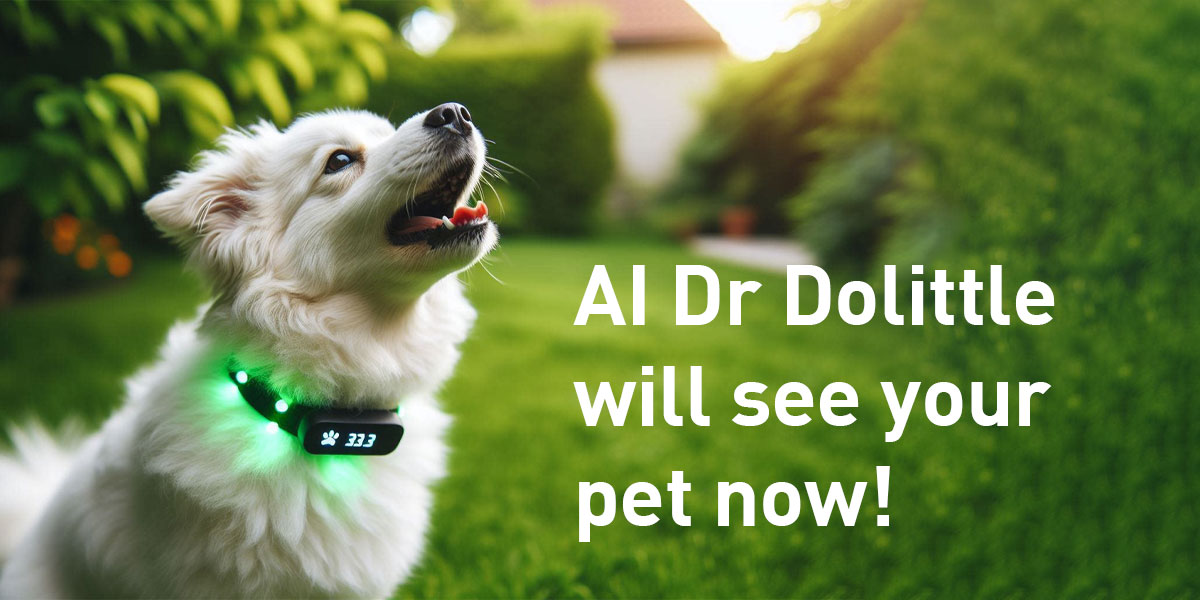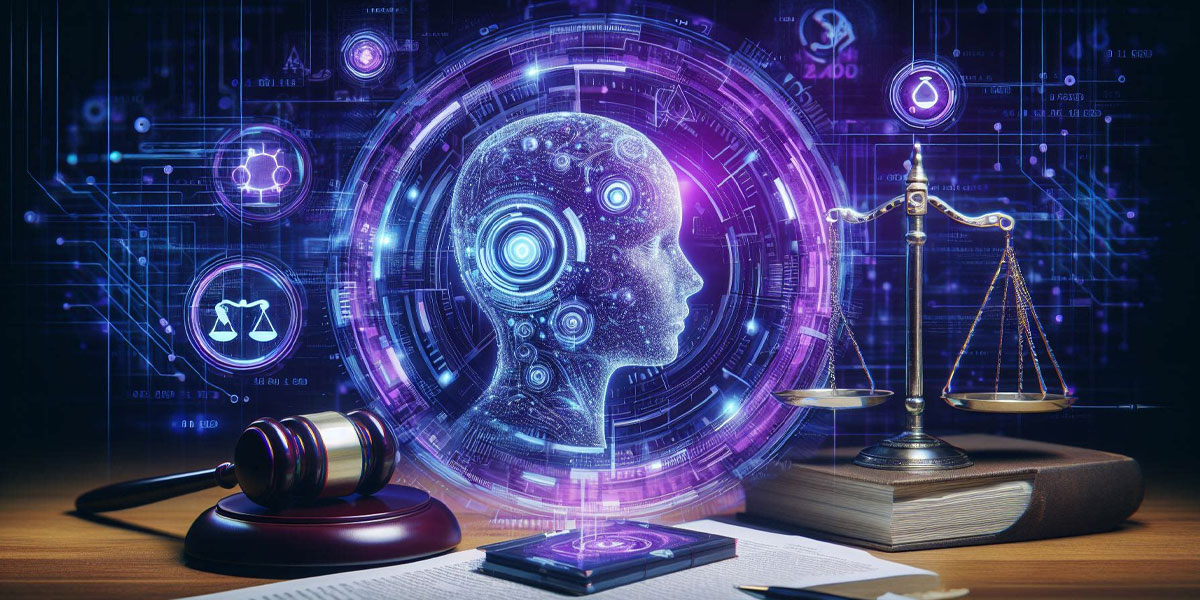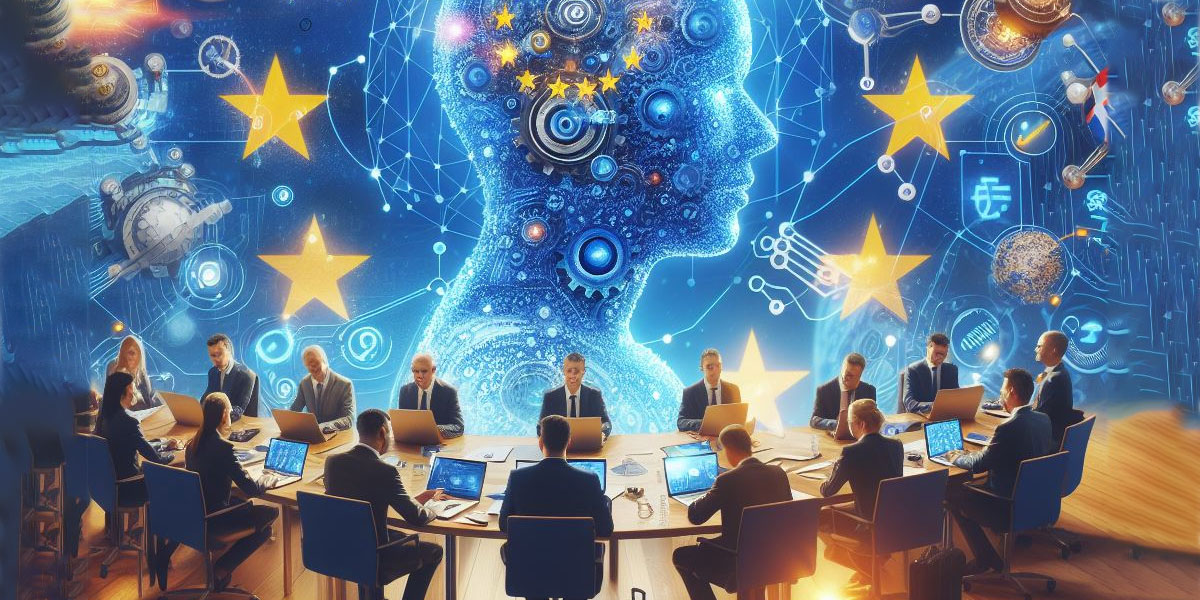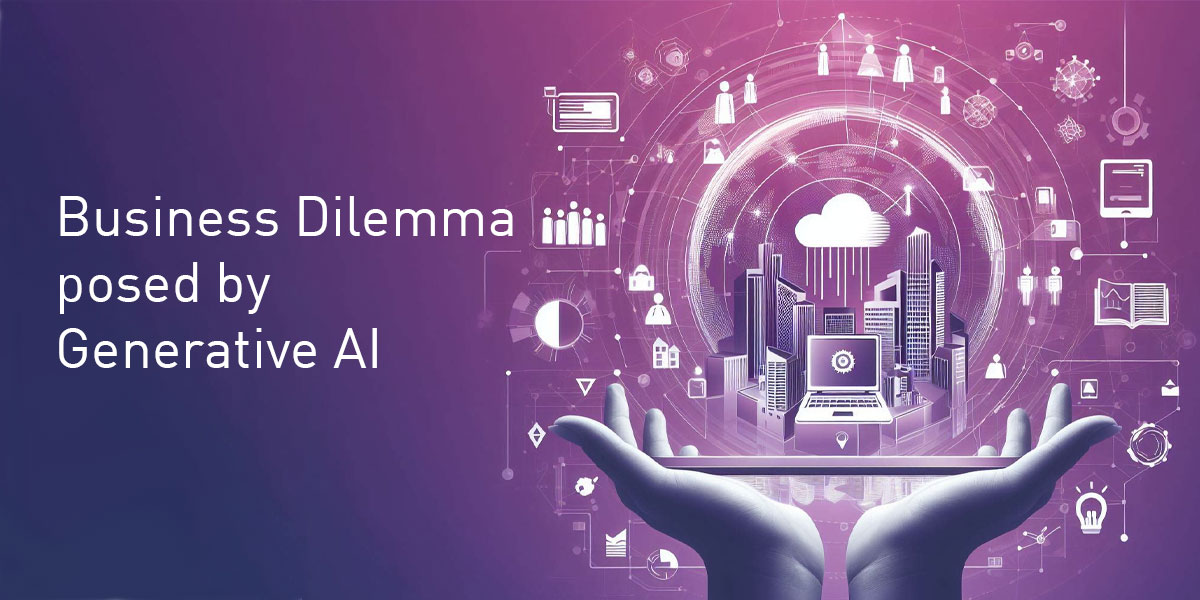Necessary cookies are absolutely essential for the website to function properly. These cookies ensure basic functionalities and security features of the website, anonymously.
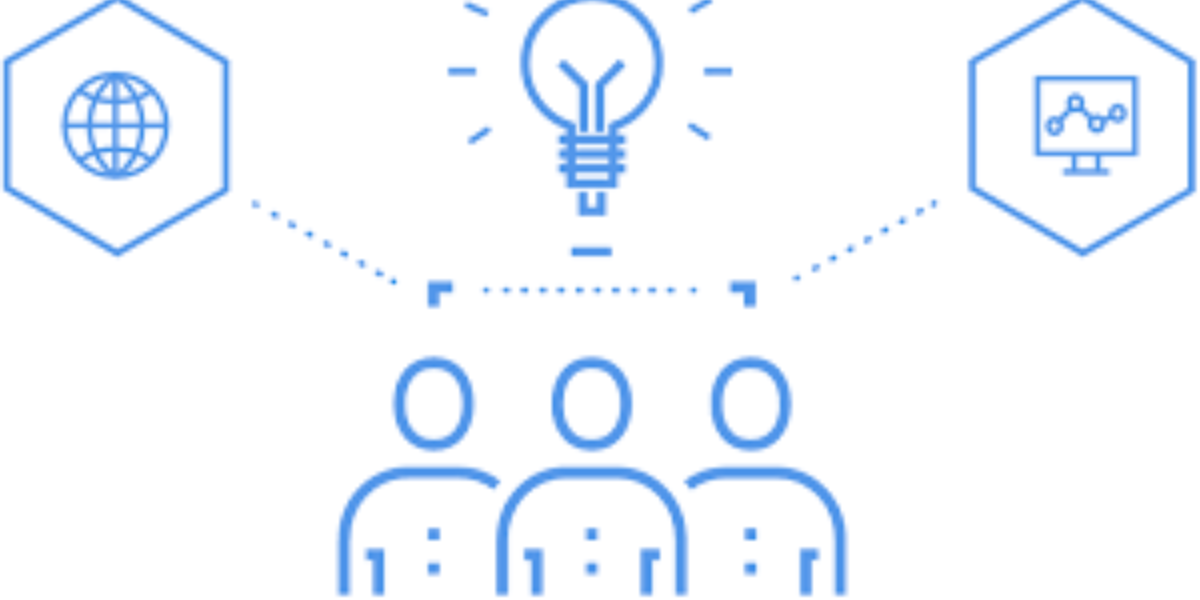
Generative AI - Trying to find a place to stand
My relationship to ChatGPT and other Large Language Learning Models is changing as fast as the technology. Here’s why.

AI Winters and Summers
Like many of the more academic people working in the tech field, I tend to avoid a hype cycle. Ai has always gone cycled through winters and summers like the seasons. A new tool appears, and it can do one narrow task to a new and impressive level. I can usually see that it’s a narrow, flawed solution, and it will only be a matter of time before the public get disappointed and move on. That was my first impression of the most recent release of ChatGPT-4 and the other outputs of Large Language Learning Models (LLMs) when they started making a splash in the news at the end of last year. At a CDO conference I attended in February, nobody was interested in discussing generative AI, we were all busy getting on with the real data work.
Since then, my opinion on these tools has gone through every change possible. Of course, they’re useful – that’s how Microsoft were able to attract 100 million new users in just 2 months. They also come with some dark sides and regulatory action is needed against some very specific AI technologies immediately.
AI and electricity
With the invention of electricity, we got a new set of safety rules. There are standards around how my hairdryer should be wired up, how hot it can get, what parts can be used and what voltage it can run on. The wording on the instruction leaflet is also mandated by law, and it’s just a hairdryer. We don’t question that electricity needs to be regulated because we understand the risks. We would take legal action if our homes were crossed by unsafe overhead cables, or serviced with dodgy wiring that could start a fire. We understand the dangers and quite honestly, we don’t trust the CEOs of electricity companies to put ethics above profit without regulation.
For several years, I’ve used the example of Alphabet Executive, Sundar Pichai’s claim in 2019 that AI would be more significant that fire and electricity as an example of why we should take tech claims with a pinch of salt. Technology giants often overstate the impact of their work. They have to because they’ve invested vast amounts of money and need us to believe in the magic. Back then, Mr Pichai was launching Google’s voice assistant, Alexa. It allowed me to use Google services to look up the name of a song I’d forgotten and check the rugby scores with a voice command instead of typing. It was clever but rather underwhelming.
When the latest version of ChatGPT was released, I was similarly sceptical. Understanding the technology from a neural net perspective, it was easy to see how it could be optimised to mimic human speech, but the factual content it produced was going to be rather random. The Microsoft Team got lucky and their model spat out something meaningful. The Google Bard team were less fortunate in their demo, to the cost of a billion on their share price but both have the potential to mess up big time as the teams developing them can’t really control them. This was our official position in our ‘trends for the year ahead’ webinar we held in January.
When the latest version of ChatGPT was released, I was similarly sceptical. Understanding the technology from a neural net perspective, it was easy to see how it could be optimised to mimic human speech, but the factual content it produced was going to be rather random. The Microsoft Team got lucky and their model spat out something meaningful. The Google Bard team were less fortunate in their demo, to the cost of a billion on their share price but both have the potential to mess up big time as the teams developing them can’t really control them. This was our official position in our ‘trends for the year ahead’ webinar we held in January.
The usefulness of generative AI
We started to investigate more anyhow. These machines had obvious limitations. They know nothing about events since their latest extraction, which can be months or years depending on the version you are using. They cannot be trusted to spit our reliable facts and they, not us, own the copyright on absolutely everything we produce using them. There was a big list of work that we knew the machines couldn’t help us with.
But there were some things they were clearly good at. The bots could do an amazing job of neatening up copy and creating persuasive social media content. The images they produce are lots of fun. They’re good at brainstorming ideas when human brains are too tired, or suggesting structures for complex systems. They could summarise things we were never going to read in full and take the heavy lifting our of creating executive summaries and slide shows from reports we were producing.
In short, we could immediately see how they could be brought in to help us to streamline our work flows and so in February this year, we began to flesh out our own office policy on dos and don’ts of using LLLM outputs. We thought the biggest challenge would be rolling out the cultural changes needed. We built in ethics, we built in clear use cases and we were ready – after all, we’re the IoA, this is what we do.
Large Language Learning Models (LLLMs)
The big thing about Large Language Learning Models is that the name can be deceptive. What the machine sees as language is not what the rest of us have in mind. If you think about how images are rendered to a machine, it’s a list of characters. Lots of things can be reduced to a list of characters. Music and video are language, so are biometrics, MRI Scans and DNA. The same models that work with chats work on this type of data, hence the proliferation of tools that can clean up old photos (Cleanup.Pictures), remove background noises from recordings (Krisp) or take notes in Zoom meetings for you (Fireflies).
Some tools do ring ethics bells, however. Meta’s Stable Diffusion can reconstruct the image that a person just observing patterns in an MRI Scan. It is a mind reader with phenomenal efficacy. It can also produce a textual summary of an audio-visual scene that the person is watching unfold. Do we need privacy laws for people’s internal self now? Microsoft’s Vall-E can mimic your loved one’s voice with just a few seconds of recorded input. The potential to super charge phishing calls with deep fake audio of your son or daughter begging for help is now a reality. I might not need to go to that effort though. Until now, hacking has required some skills, albeit it minimum thanks to Ransomware as a Service, but if I wanted to do the job right now, I could just get Open AI to find vulnerabilities in any system. And new applications are evolving all the time.
What should we do when they prove that they can’t be trusted?
There is a business precedent for regulatory control of some aspects of AI. If my electricity company had an experimental new technology that could make them a huge profit, and they wanted to put it in my house immediately, they couldn’t. They would have to trial it for safety in their labs and go through a rigorous assessment process. Snapchat embedded an AI on their platform that immediately failed the most basic tests. It happily chatted to a user, in this case and adult but the machine didn’t know that, who stated that they were 13 years old and that they had been approached by someone 18 years older than them for sex. The machine gave a flippant ‘be careful out there’ message before offering advice to buy candles to set the mood and make their first time special. The AI is still in place and at the time of writing, and is being advertised to children as ‘an experimental friendly chatbot currently available to Snapchatters.’ How much evidence does anyone need that it is harmful and needs to be shut down?
A measured approach benefits everyone
And so, while at the IoA we still advocate the use of tools like Chat GPT to help make social media posts more engaging, we need to create some distance between the regular work of companies using AI responsibly and the experimental, risky world of work with LLLMs, a technology very few of us will ever have the technical capacity of data to train.
If AI is indeed as important to our world as electricity, as Mr Pichai suggests, then it should fall under the rules of law. The people should be the arbiters of whether a technology is safe or not, not profit hungry CEOs with the eye on a new beachfront palace in Maui.
We’ve been looking to construct a Generative AI technology ethics policy, but right now it’s like trying to build something strong and durable on shifting sands. Like the song drilled into us at school, the wise man builds his house upon the rocks before the rains come down and the floods rise up, not after and we need responsible roll out of these new technologies. A lot of the activities of LLLM developers aren’t covered by the draft proposals for AI regulation that would control what we could do with technology. The threats of LLLMs didn’t exist or weren’t clear when the definitions were being drawn up just a few months ago. Trying to build a one-size fits all regulatory approach to data analytics is a little like trying to create a global legislation that covers every kind weapon from the knives in the kitchen drawer to nuclear bombs. There are few points of comparison on a practical level. LLLMs need their own regulation and we need it fast.
